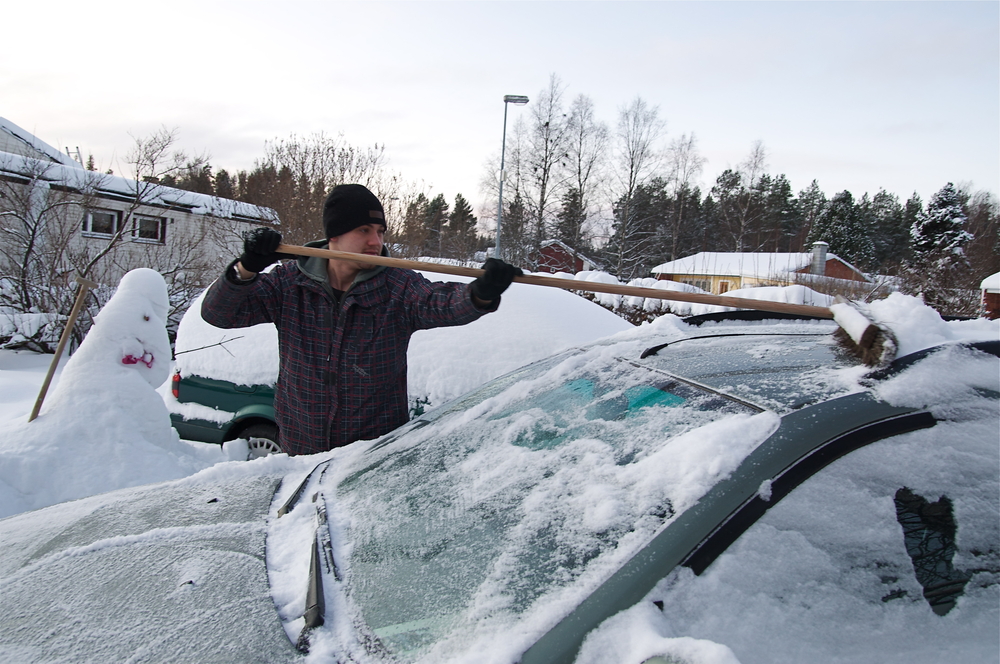
OTTAWA — Rural residents shouldn’t see the propane price hikes and supply shortages this winter that they experienced during the last heating season, the country’s energy regulator predicts.
The National Energy Board — which last year at this time anticipated stable prices based on forecasts of warmer-than-normal temperatures — says the country’s propane market is better prepared for what lies ahead in the next few months.
And it says the prediction should hold true even if there’s another so-called Polar Vortex winter and higher agricultural demand in the United States.
“The weather that we experienced a year ago was kind of off people’s radars,” said Darren Christie, the board’s director of energy trade.
“It really looks like the industry has learned its lesson and is taking a more cautious approach,” he said in an interview Friday.
The prediction comes as much of Canada experiences a November freeze and parts of New York state grapple with record amounts of snow from isolated, lake-effect storms.
The sudden colder temperatures saw natural gas futures rise this week as the weather spurred demand.
Temperatures are expected to be below normal across eastern parts of Canada and the U.S. over the next five days, according to Environment Canada.
But propane inventories in Canada were at an 11-year high at the beginning of November and at record highs in the U.S., “driven largely by record Gulf Coast storage levels,” the board said in its market snapshot.
The surge in supply comes despite predictions of another record corn harvest south of the border.
Last year’s sizable harvest came in late and wet and producers used so much propane to dry it that inventories of the fuel in the U.S. Midwest fell by 30 per cent in a two-month period that ended in December 2013.
Early indications this year suggest the demand for propane to dry crops won’t reach those levels, the NEB said.
Winter weather is always a wild card for the propane market, the board noted in its snapshot report.
And both Environment Canada and the U.S. Climate Prediction Center call for an average to warmer-than-average winter in key propane-consuming regions, including Ontario and the midwest and northeast regions of the U.S.
But even if this winter brings a deep freeze similar to last year, the propane market is better positioned to deal with it, said the report.
And stronger propane production and lower agricultural demand should result in more stable prices for the current heating season, said Christie.
“Even if we got the weather that we had last year, we would be in somewhat better position,” he said.
“So we shouldn’t see quite the spike in prices.”
Still, the energy market continues to suffer a bit of a hangover from last year.
Statistics Canada said Friday that energy prices were up 4.2 per cent in October, mostly driven by last winter’s spike in propane and natural gas prices.
Farmers and other rural residents most affected by fluctuations in the propane market were left reeling last year when prices for the fuel more than doubled in central Canada and rose significantly above five-year averages in other parts of the country.
The unexpected price jumps — combined with fuel rationing by propane sellers — sparked an investigation by the Competition Bureau and the NEB after the federal Natural Resources and Industry departments came under pressure to take action.
The investigation produced two reports that ultimately blamed the problems on the uncertainty of weather forecasts and shortcomings in the propane supply chain.